Lens Types: Decoding the Various Options
When venturing into the world of ski goggles, understanding lens types is crucial, especially for beginners trying to get the most out of their experience on the slopes.
Some key aspect to consider : 1) Lens Shape Style 2) Visible Light Transmission (VLT) of the lenses.
Lens shape Style
Generally, there are the following styles: cylindrical lens, spherical lens and toric lens.
Cylindrical lenses:curve horizontally across your face but remain flat vertically. It’s with less distortion , it’s more easier to adapt to the vision for beginner.
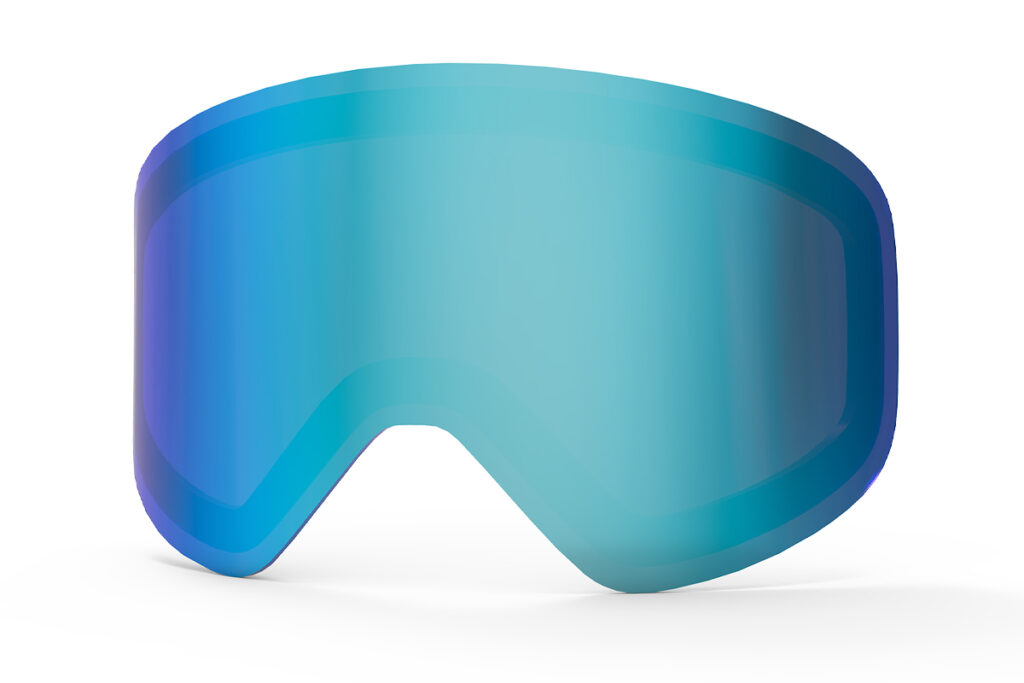
Spherical lenses are curved both horizontally and vertically, mimicking the shape of your eyes more closely with bigger rooms between face and lens . This not only enhances peripheral bigger vision but also improves the overall clarity of your sight on the mountain, not easy fogging up.
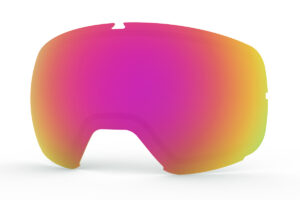
Toric Lenses: are with different curved horizontally and vertically, a relatively new style that combines the features of spherical and cylindrical lenses. Good vision and more comfortable when wearing longtime.

Lens Transmittance
VLT measures the amount of light that passes through the lens and reaches your eyes, expressed as a percentage. For beginners, choosing the right VLT can vastly improve visibility and comfort.
In strong light environments, we need lenses with low transmittance, while in weak light environments, we need lenses with higher transmittance. For ski goggles with non-replaceable lenses, when purchasing, we need to determine the transmittance range of the ski goggles. Under the same range, then choose the color we like (the color of the lens will also determine the field of vision color when looking out from the ski goggles). It is best not to purchase simply because you like a certain lens color or think it looks good with ski clothing.
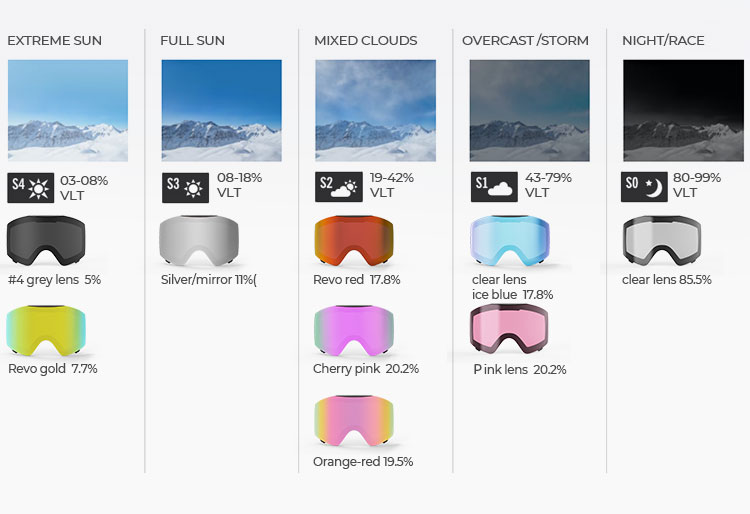
Sunny weather: 5%-20%
On sunny days, the best applicable lenses are mostly in dark colors, such as black, dark gray, bronze, dark red, etc. A transmittance of 5%-20% is good, which can protect our eyes from being disturbed by glare.
Cloudy/overcast weather: 25%-55%
Cloudy and overcast days are a more complex usage environment. Weak light and strong light often alternate. Therefore, the transmittance of ski goggle lenses also needs to adapt so that our field of vision does not suddenly brighten and darken. Lenses in this range are a sharp weapon for dealing with overcast days. But if you use them on sunny and snowy days, it is probably not a good idea. Lenses are mostly in light pastel colors, such as orange-red, turquoise, rose or mauve, amber, etc.
Overcast and snowy weather: 60%-90%
In low light and overcast and snowy weather, we need lenses with higher transmittance. Otherwise, we cannot see the road under our feet, which is very dangerous for skiing. Such lenses are mostly in bright colors, such as bright pink, bright yellow, etc. While having high transmittance, they can also increase contrast and help us see the terrain ahead.
Nighttime environment: 65%-95%
For the night time environment, if the lighting is sufficient, then the high-transmittance overcast-day lenses should be sufficient. But if you want to obtain the best experience, bright yellow and transparent lenses are the best choice for night skiing.
All-weather use: 15%-30%
If you are not sure or want a lens that can be used in all conditions, a lens with a transmittance of around 15%-30% is more suitable for use from cloudy to sunny days.
Frame & Lens Material: Durability Meets Comfort
When selecting ski goggles as a beginner, it’s essential to prioritize both safety and comfort, ensuring your experience on the slopes is as enjoyable as possible. The materials used in the frame and lenses of the goggles play a critical role in achieving this balance.
Impact Resistance for Safety: Safety should always come first, especially for those new to skiing who may not yet be accustomed to the challenges and unpredictabilities of the slopes. Opt for goggles that feature impact-resistant lenses. These lenses are designed to withstand collisions or accidental drops, significantly reducing the risk of eye injury. This ensures that even in the event of a fall, your eyes are well-protected, allowing you to focus more on learning and less on worrying about potential hazards.
Lightweight Materials for Enhanced Experience: Comfort is equally important when it comes to skiing goggles, particularly for beginners who may spend longer periods on the slopes. Lightweight frame materials are crucial because they reduce the pressure on your face and prevent discomfort during extended skiing sessions. Look for goggles made with materials like TPU frame and PC lens, which not only offer durability but also provide a snug, yet comfortable, fit. A well-balanced, lightweight goggle allows you to move freely, stay agile, and maintain stamina, making your skiing experience more enjoyable and less tiring.
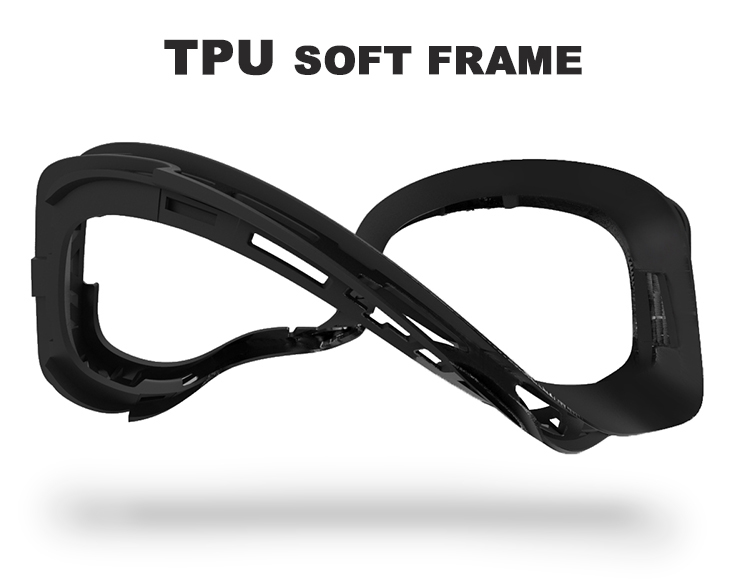
In conclusion, when choosing ski goggles as a beginner, you should prioritize goggles that balance impact-resistant lenses for safety with lightweight materials for comfort. These features will help cultivate confidence on the slopes and enhance your overall skiing experience.

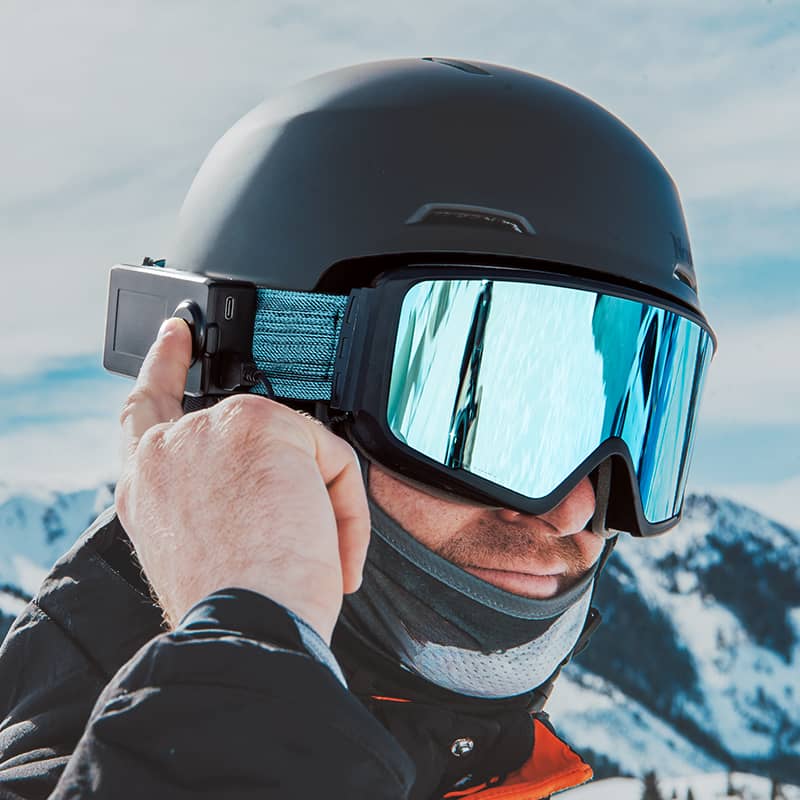
25年-香港展邀请函(横屏-英文版)-1024x358.jpg)

